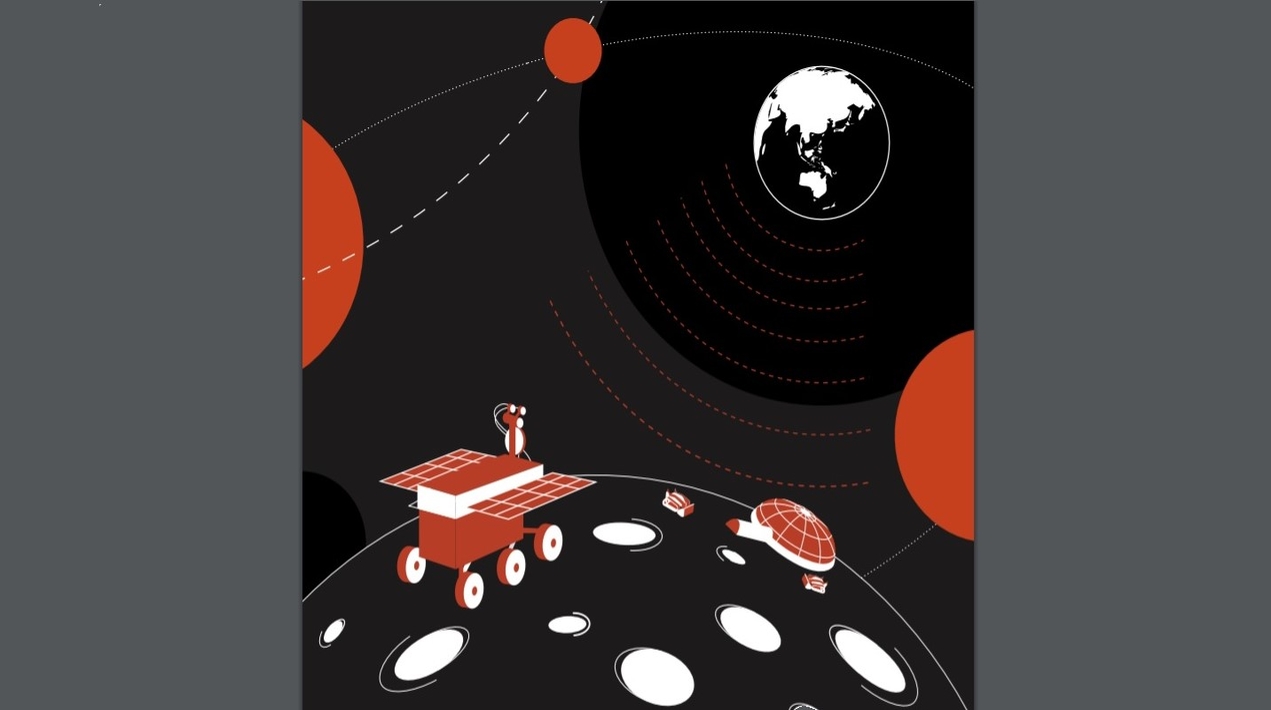
Over the next decade, Australia has the opportunity to prioritise six areas in relation to robotics and automation on earth and in space, the Australian Space Agency (ASA) highlighted. In its recent publishing of the Robotics and Automation on Earth and in Space Roadmap, the ASA identified these six areas as remote operations, interoperability, analogue facilities and services, robotic platforms, in-situ resource utilisation services (ISRU), and terrestrial foundation services, such as materials handling and transport.
Specifically, the roadmap describes how Australia could leverage its existing expertise in robotics technology and systems, provide solutions in the global marketplace to support the sustainable build-up of space assets and infrastructure, and enable international collaboration with industry.
The CTO of ASA stated that Australia has expertise in large-scale remote asset management and Earth-based robotics in harsh environments. A great example of this is our resource sector. This means the nation is well-placed to become a leader in the automation of off-Earth activities and to capture high-tech manufacturing opportunities in the process.
Within each of the segment areas, the roadmap identified there are key target capabilities that could be achieved. These include establishing and operating the Australian Space Automation, artificial intelligence, and robotics control complex, demonstrating the use of an end-to-end sovereign chain of control for lunar activities, and establishing an Australian facility for co-design and interoperability verification and validation.
The roadmap also noted one of the key objectives should be for Australia to offer terrestrial analogue test-bed facilities and services to undertake essential field testing and systems validation for planetary surface operations.
Utilising AI, edge computing, distributed computation, non-traditional computation, and sensing technologies, as well as developing practices for mission-critical hardware and software would also allow Australia to implement robotic platforms that can be used to deliver foundation services and ISRU via remote operations, according to the roadmap.
This latest 10-year plan is the third in a series of seven roadmaps to be delivered by the ASA that all aim to describe a pathway for Australia to uplift its capability, coordinate activities between industry, researchers, and government agencies, and encourage organisations to invest resources in segments that have been identified in the roadmaps. The four remaining roadmaps will be developed throughout 2022.
The release of the roadmap comes a day after the South Australian and federal governments announced a joint partnership for Canberra to make an AU$64 million national investment to upgrade satellite GPS capability. Under the upgrade, the federal government will add an extra 57 reference stations nationally to the existing 700 reference station network, including 12 new additions in South Australia, which already has an existing network of 68 reference stations. The upgrade in South Australia is expected to be completed by June 2022, while the national upgrade is expected to be completed by June 2023.
Off the back of the upgrade, the South Australian government said it would deliver robots called the Tiny Surveyor, provided by Position Partners, for the state’s Port Wakefield project. These robots will be connected to the state’s reference station network and utilise positioning technology to complete line-marking tasks, with anticipation this would see tasks completed in days, instead of weeks.
The Minister for Resources and Water stated that the upgrade has real-world benefits for major infrastructure upgrades, such as roads, sporting fields, airport runways and car parks, while also boosting productivity across industries such as agriculture and logistics.
This technology will improve positioning accuracy from 5 to 10 metres, right down to 3 to 5 centimetres in areas with mobile phones and internet coverage.
It will enable government and industry alike to easily connect and access positioning data and pave the way for innovation and new positioning-based products, services, and technologies for the benefit of industry and community, he added.
















